Written by: Nat Berman – This article originally appeared on housely.com and was reprinted with permission.
Technology-focused skyscrapers and other structures have become the norm of the twenty first century. Featuring vibrant lights, environmentally-friendly solutions, and groundbreaking innovations, modern architects and engineers are taking city construction to a whole new level. This can mostly be attributed to an ever-evolving age of technology, with highly efficient programs being developed before even exhausting the previous ones. Take a look at the world’s ten most technologically advanced buildings.
The Water Discus Underwater Hotel – Dubai
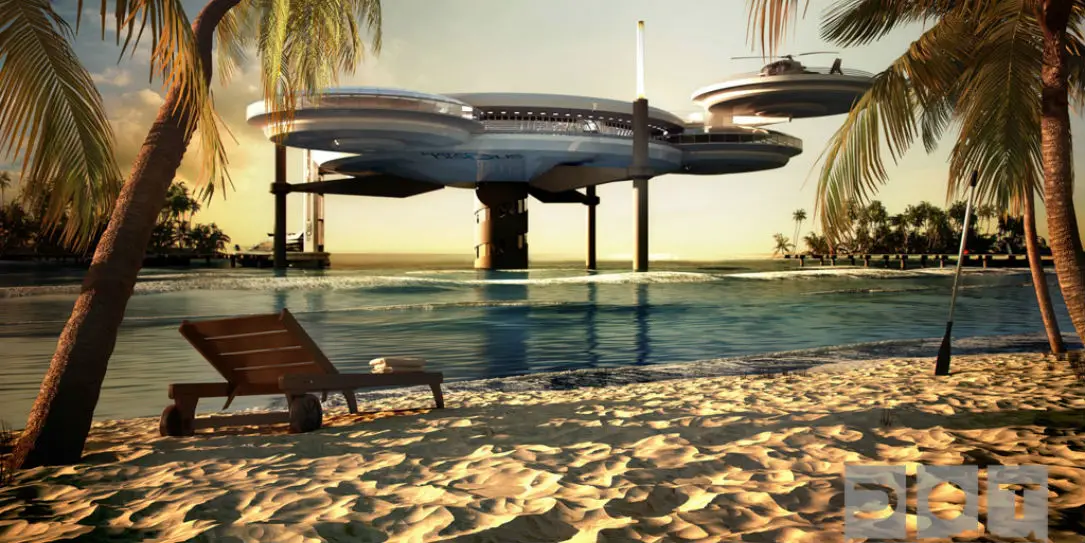
Water Discus Hotels is made of two discs: one above water and the other underwater. This combo allows guests to admire panoramic views of the ocean while still enjoying the warm climate. The two structural parts are united by a 5 strong legs and a vertical shaft with a stairway and lift. Every disc has been sized according to local conditions. Amenities at this techno-focused hotel include wreck driver training facility, a cave, a 4-meter deep diving pool, emergency breathing stations fitted with surveillance cameras, as well as air filled huts.
The structure is supported by five solid legs connected to the seabed, while the upper disc hangs just above the water surface. These 2 technical solutions ensure that the Water Discus is safe in case of a high tsunami that can normally affect the nearby coastal areas. The strength of the technical solutions and construction used ensure that the immersed disc resurfaces automatically in the event of an emergency! What’s more, a wide shaft with vivid views of the sky provide a safe feeling of spaciousness, reducing any claustrophobic sensations normally associated with enclosed underwater spaces.
Taipei 101 – Taiwan
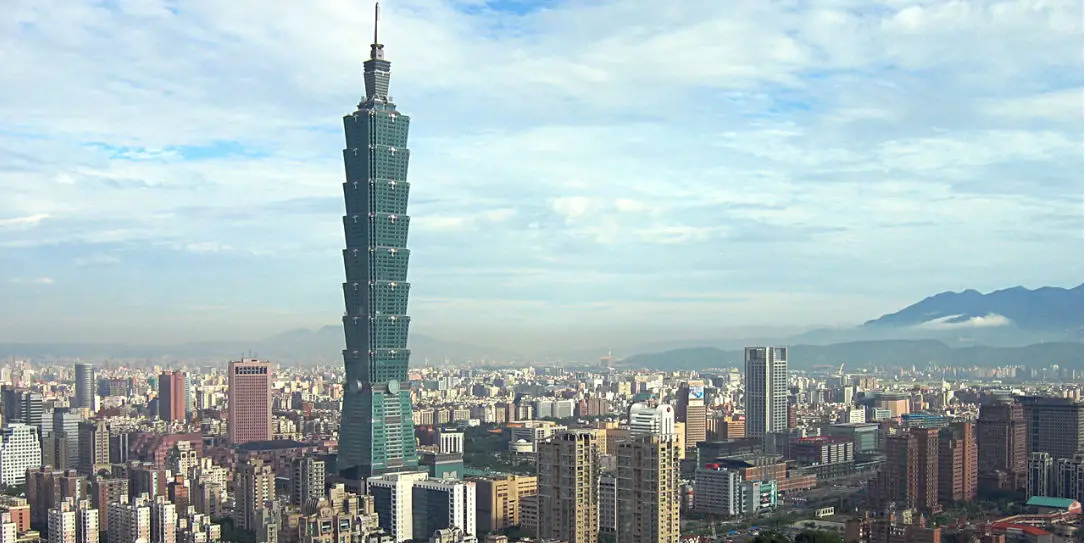
Once known as the tallest building in the world (before being overtaken in 2010 by the Burj Khalifa), Taipei 101 has a lot more up its sleeves than sheer height. With 101 floors, this technology-based structure has actually being awarded for Leadership in Industrial Design and Energy, making it the largest and tallest eco-friendly building on the planet. It features double pane windows that hinder external heat by up to 50 percent, while about 30 percent of the building’s water requirements are met by recycling. Satellite and fiber optic internet has always been available since the building was opened and is updated on a constant basis. The lift is also one of the fastest in the world, even incorporating a specialized braking system for emergencies.
Apple Campus 2 – Cupertino, USA
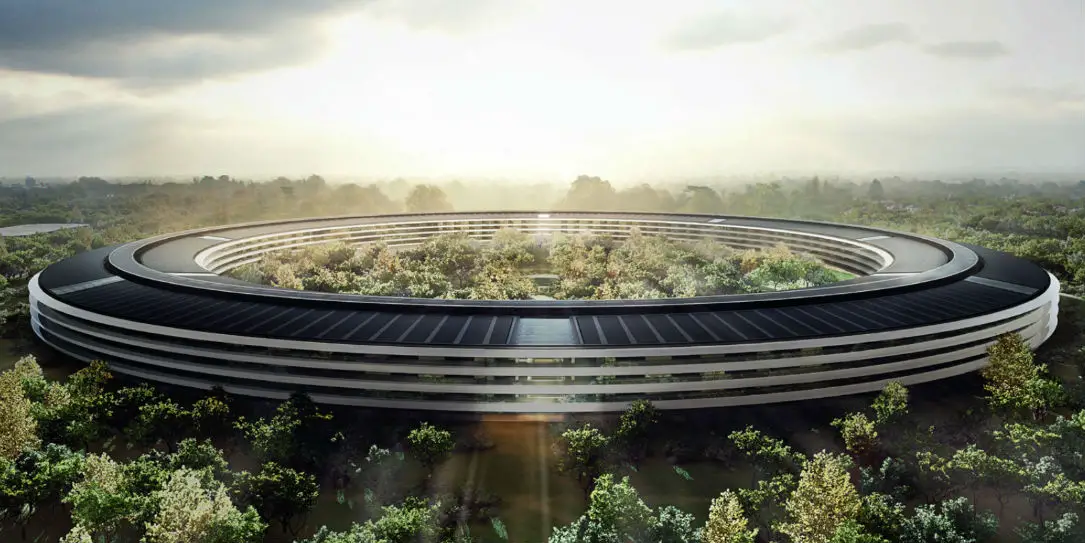
First announced in 2006 by Steve Jobs, Apple began constructing Campus 2 in the late 2013 on its 176-acre second campus. 12,000 employees are expected to occupy this facility once it is complete at the start of 2017. The campus is situated about 1 mile east of its current HQ in Cupertino, California and is often dubbed “the Apple Spaceship” because of the appearance of the main circular building on the site. One particularly interesting element of the Campus 2 project is the dramatically unmistakable, virtually invisible glass laminated windows that double as walls. The outside Spaceship Ring is surrounded by 46-foot long, 10-feet tall glass facade panels while the interior is fitted with 36-feet courtyard-facing panels.
Both of these panels are accurately curved to form the revolutionary cylindrical glass curtain of the building. Incorporating such tremendous glass expanses required a novel design that was first investigated in the form of a prototype. Apple had to turn to sedak for the large glass panels, who are the world’s biggest manufacturers of large format insulating, extremely high quality safety glass & structural glass elements.
The Jeddah Tower – Jeddah, Saudi Arabia
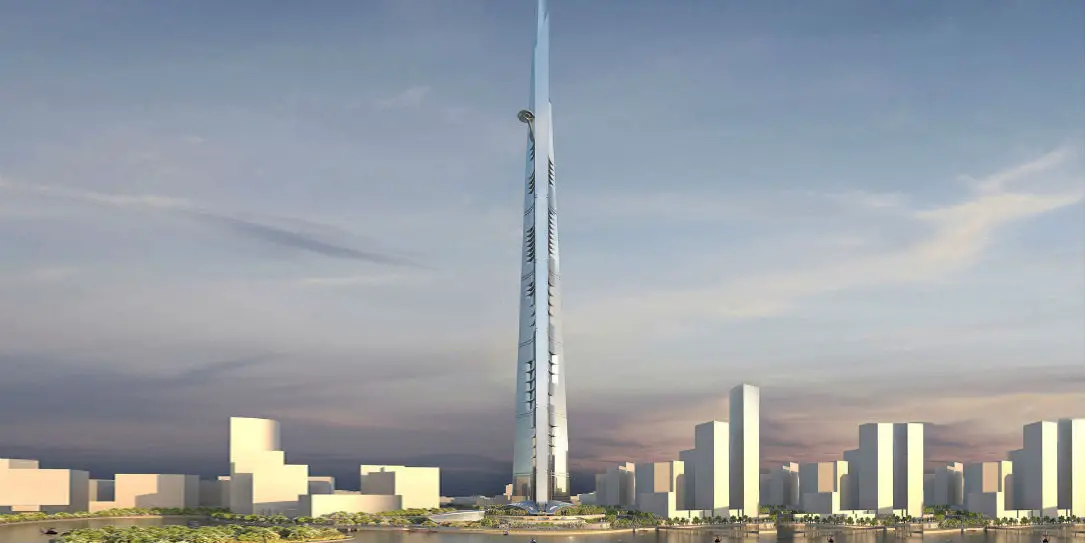
Although the Burj Khalifa in Dubai is recognized as the tallest building in the world, that title might change hands very soon, courtesy of Saudi Arabia’s Jeddah Tower. Once the last, cloud piercing parts of the building are done in 2020 to achieve the planned height of a staggering 3,280 feet, the tower can then claim the record. Also known as the Kingdom Tower, the Jeddah will accommodate the highest observatory in the world and will be a mixed-purpose building with an overall floor area of 245k square meters.
This will include 360 residential apartments, 121 serviced apartments, a 200-room Four seasons hotel, and offices. The general layout is designed to contain a dynamic, multipurpose environment complete with elements of a modern lifestyle throughout its 5.3 sq. kilometers, enhanced by state-of-the-art infrastructures.
Yokohama Landmark Tower – Yokohama, Japan
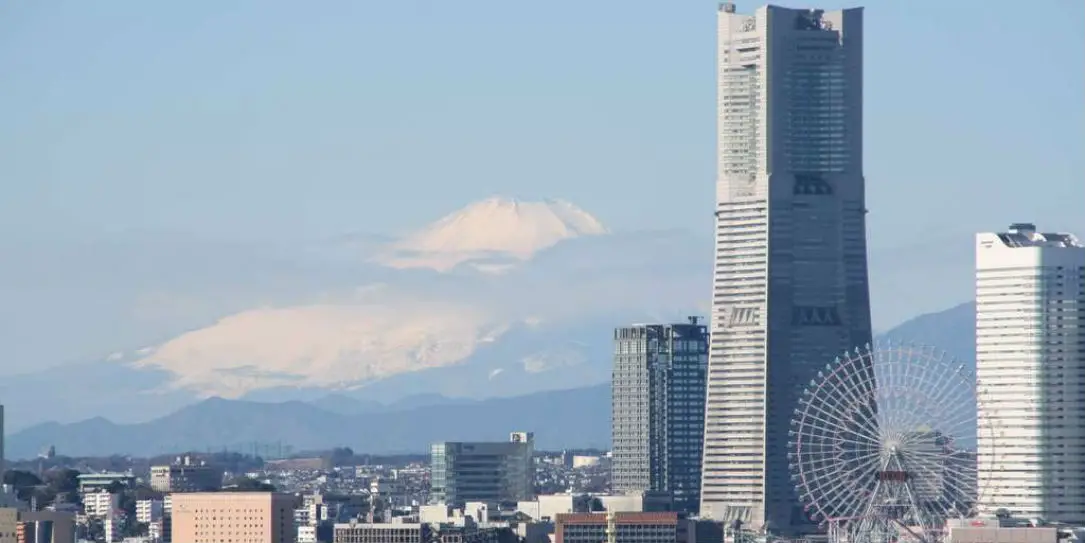
Standing at 296m, the Landmark Tower comes with a total floor area of around 392,885 square meters and features a hotel, offices, and a shopping mall at the middle tower, in addition to a wide range of facilities like an outside area, a multipurpose hall, and an observatory highlighted by a restored stone dock known as the Dockyard Garden. Sitting below the building are rollers that serve as a shield against earthquakes, allowing the earth underneath to move without interfering with the structure.
But the show does not end there, as the building also uses a mass damper mechanism that weighs everything down and stops it from moving during excessively high winds. This is accentuated by the flexible materials employed in construction.
BSkyB Harlequin 1 – London
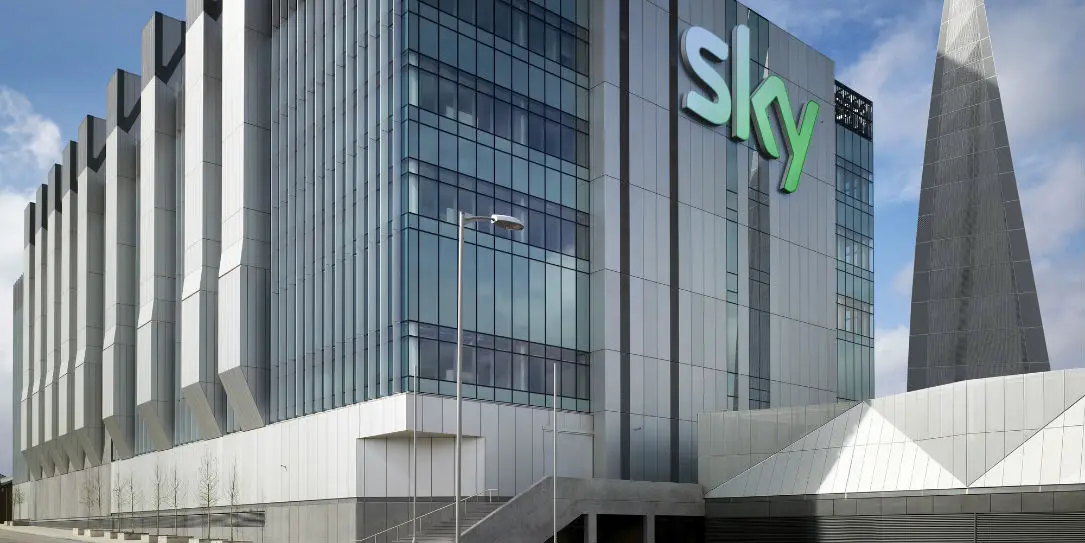
The modernized broadcasting house for Sky TV was launched in 2011, introducing a true industrial design and a whole bunch of technical advances. Most of these are centered around the building’s ventilation and lighting. Massive vents make their way up the sides, allowing for “natural ventilation” by keeping the noise out while letting the air in. 100 percent of the water requirements for the 1,300 staff is provided by a rainwater tank, while the heating is catered for by a biomass system. The result is an impressive 67 percent reduction in energy consumption.
Samsung HQ – San Jose, USA

This 10-story R&D center is ideal for budding investors, incorporating the wonders of nature inside. Three garden floors boast running paths, trees, and recreational amenities for up to 2,500 Samsung scientists. Additionally, there are generous parking facilities that double as a source of energy since the roof of the entire vehicle-storing structure is made of solar paneling. Large glass windows offer natural light and panoramic views for multiple office spaces.
Torre Agbar – Barcelona, Spain
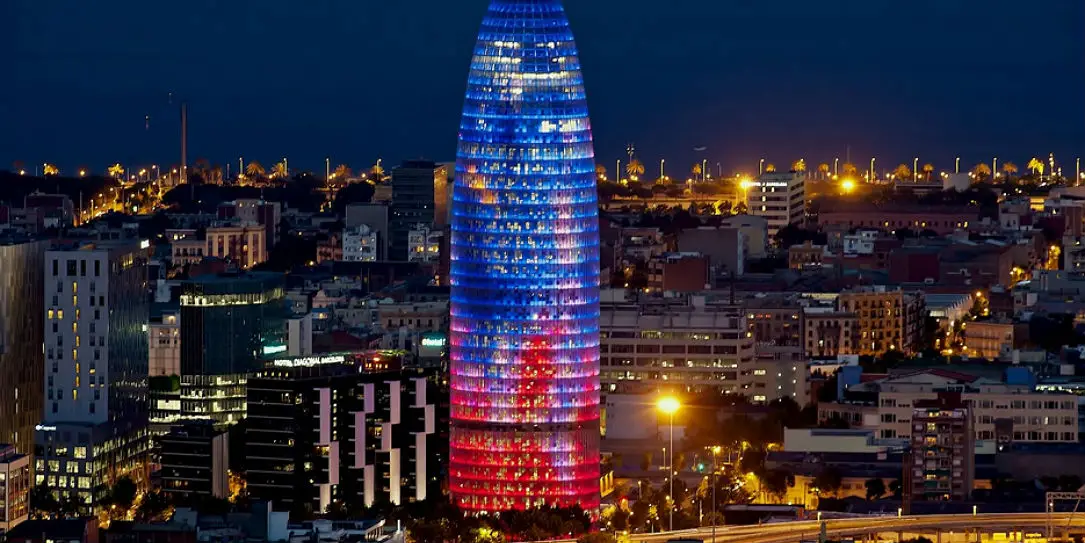
The Torre Agbar marked the beginning of the country’s technological district. It boasts a tactful lighting system known as nocturnal illumination. In a nutshell, the building is covered with 4,500 LED bulbs of colorful light, leading to an awesome after dark appearance. The innumerable temperature sensors add to the ingenious, running all over the structure for monitoring the outside weather, shutting and opening the blinds when it deems necessary. Talk about the height of technology.
Hearst Tower – New York City, USA
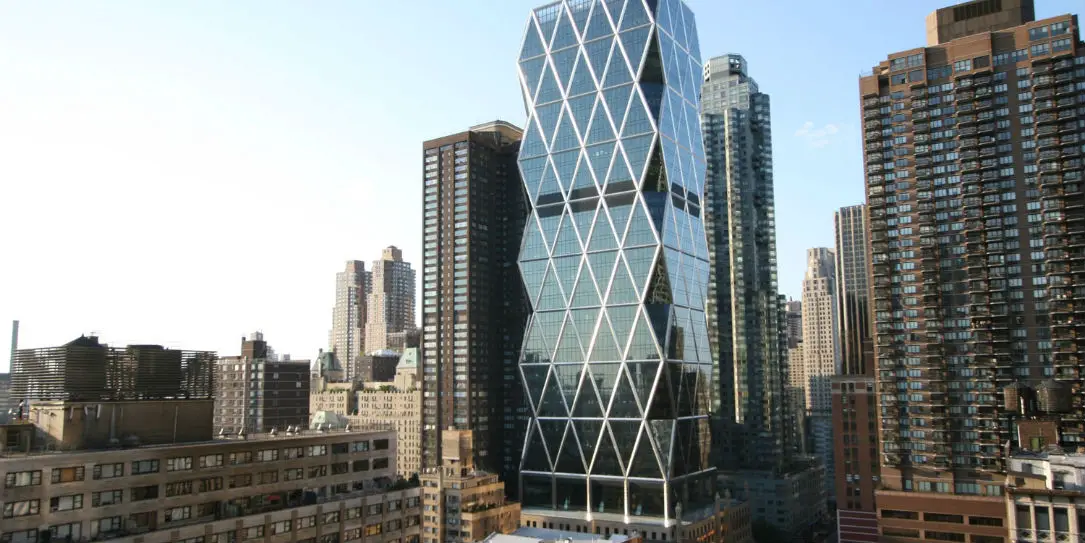
The Hearst Tower is also one of the rarest skyscrapers to go green. In fact, it is recognized as the first “green” office building in NYC. But what makes is so eco-friendly, you ask? For starters, it boasts a conductive limestone flooring covering the lower atrium, in addition to a polyethylene tubing incorporated into the wall. This helps maintain water circulation for cooling, which is in fact collected from rain and then kept in the basement.
Leslie Dan Faculty of Pharmacy – Toronto, Canada
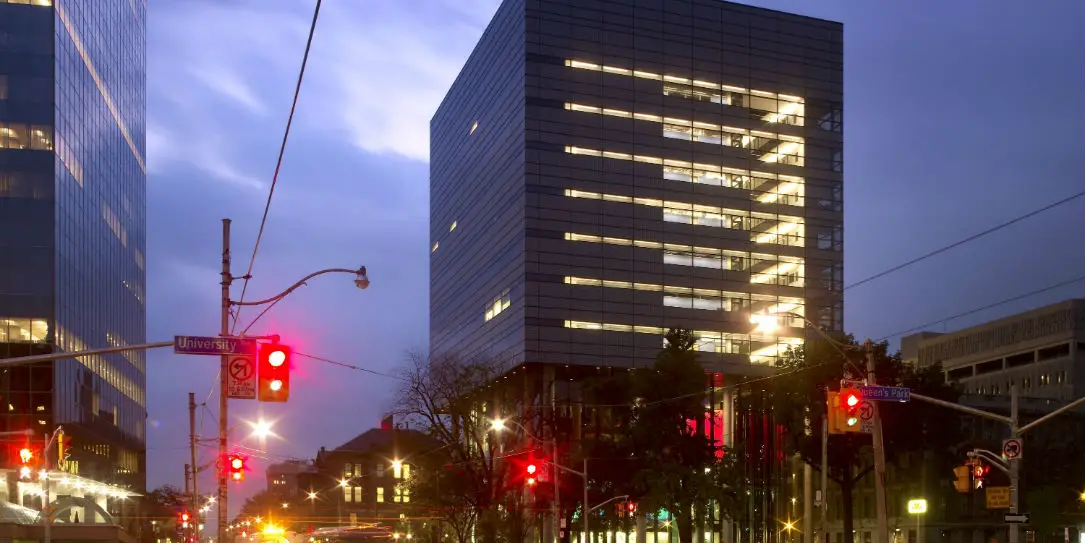
The Leslie Dan Faculty of Pharmacy is not your typical school. The building is designed with 2 suspended lecture-hall “pods” that lit up in a color coordinated style at night, producing a striking sci-fi sensation. Unlike most of the other buildings mentioned above, the Leslie Dan is not very eco-friendly. In fact, it couldn’t be further from this, as it uses twice as much power in each floor as an ordinary building.
[button link=”http://housely.com/worlds-most-technologically-advanced-skyscrapers/” icon=”fa-external-link” side=”left” target=”blank” color=”285b5e” textcolor=”ffffff”]Source: PC Housely[/button]









